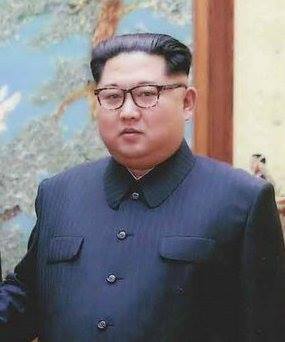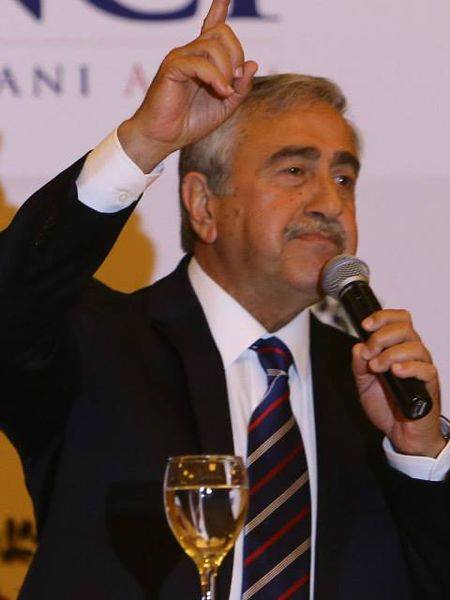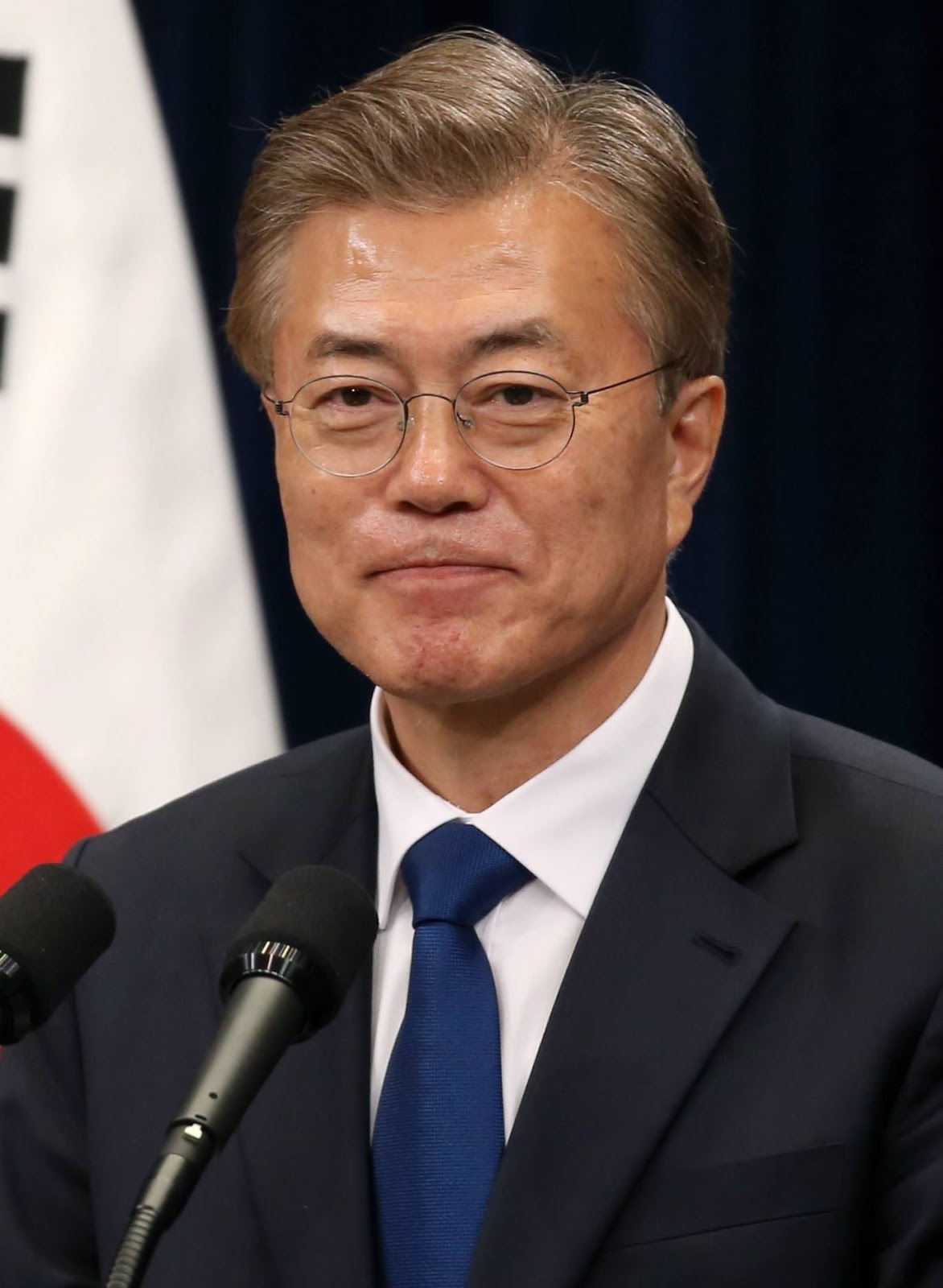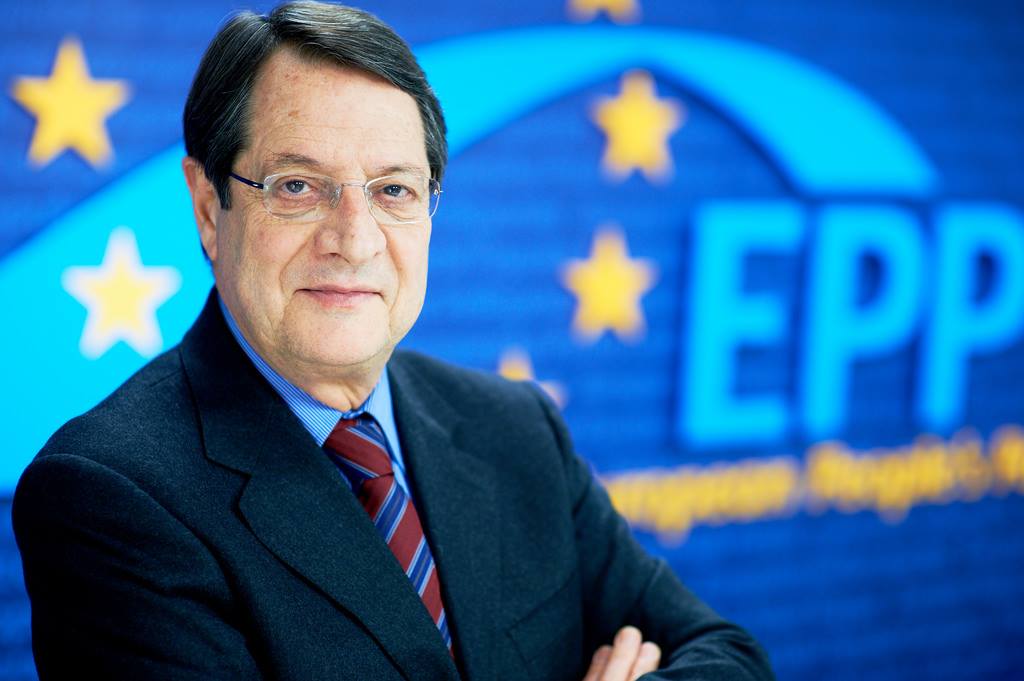Hope Sutherland
In the weeks leading up to China’s 19th Party Congress last October, official media channels were whipped into a frenzy of praise for President Xi. He has been hailed “a great helmsman;” a leader integral to achieving the country’s objectives during the crucial years of 2020 to 2035. Liberal critics, more hesitant to ascribe such a positive image, have dubbed him China's “emperor for life.”
The official channels have more than a grain of truth in their portrayal. The fulfilment of the 'Chinese Dream of National Rejuvenation’ is characterised by two goals: to have the world’s largest economy by 2021, and to achieve the status of “moderately well-off country” by 2049. Given these ambitious objectives, the guidance of a strong leader is necessary for the party both politically and practically if it is to succeed.
In light of this, the move of the Chinese Communist Party (CCP) to abolish presidential term limits in February was important for what it symbolized. Xi is, after all, also the Party’s General Secretary and Chairman of its Military Commission, neither of which have term limits. Nicknamed the ‘chairman of everything’, his particular brand of power relies on setting up committees headed by himself — likely as a way to marginalise the more liberal premier, Li Keqiang — than it does the presidential office. However, the abolition of term limits underlines the President’s consolidation of power through other channels. Xi’s appointments of his cronies and protégés to the most senior positions of power in the National People’s Congress (NPC) ensure his influence is cemented on a political level. The enshrinement in the Party constitution of his political philosophy, Xi Jinping Thought, is on an ideological level the principle “that overrules all kinds of work”. Xi is positioning himself as the leader able to deliver on China’s ambitious goals for the new era; to do so he is remaking ’Socialism with Chinese characteristics’ in his own image.
Xi’s politics offer a stronger and more united Party front, but even a partial realisation of the ‘Chinese Dream’ faces significant setbacks. China has a rising inequality problem, coupled with the likelihood of an aging population problem in coming decades. In the face of this, Xi’s promise to eradicate poverty by 2020 sounds improbable. Additionally, the country faces problems caused by an unrelenting drive towards progress that prioritises pace over quality. Recent disasters, such as the 2008 Sichuan earthquake or the 2011 Wenzhou train crash, have been attributed to a combination of widespread bureaucratic corruption and inadequate engineering standards.
A refocusing of political control in the Party centre is the CCP’s proposed solution to these problems. Even as Party politics become more centred around Xi’s personality cult, the NPC has tightened the Party’s control over a variety of areas. This includes legislation, State Council ministries, financial regulation, and the newly formed National Supervisory Commission (NSC), which commands chilling extra-legal features, such as the right to deny legal aid. Through these channels, Xi’s Party seems poised to exert increasingly greater authority over all levels of Chinese society, both at home and abroad.
These ‘new era’ changes are explicitly driven by President Xi. No leader since Mao has exerted this level of control on the Party: in positioning himself thus, Xi disregards the warning, given by Deng Xiaoping, that no Party head should further a personality cult in lieu of collective leadership. But, Xi appears to have looked abroad to the recent trend towards strong, populist leaders. His “helmsman” presentation has significant parallels with Putin’s strongman image. Xi even said to the Russian President “I feel that our personalities are very similar” in 2013. Putin’s reputation as a powerful reformer who stands up to the West is echoed in Xi’s own crackdown on Party corruption, his recent emphasis on military engagement, state security, and proposition of a ‘China solution’, paralleling Putin’s ‘Russia path’.
Most commentators agree that Xi’s authoritarian turn is intended to curb domestic problems that might threaten China’s rise. CCP analyses of the Soviet Union’s collapse emphasise factors like the loss of Party control over governmental organs and the failure to take threats to Party ideology seriously. Xi appears to be fortifying against such mistakes in the changes made to the United Front Work Department (UFWD) and the NSC, providing both with more centralized power. Likewise, Xi Jinping Thought’s increased emphasis on 学习 Xuéxí (studying) is intended to standardise collective thought, not only across the party, but the nation — hence its dissemination across official channels, but also in universities — rejuvenating a sense of belief in the ‘Chinese Dream.’ Perhaps, in looking to Russia, the Party has concluded that one-man rule is not only necessary for China's ambitious milestones, but to save China from suffering a similar collapse.
Despite centralisation, there remains a disjunct between the Party’s goals and its ability to usher in promised change. Last December saw a fuel crisis in North China, as a governmental push to transition from coal to the more environmentally friendly natural gas happened faster than the infrastructure could withstand. Increased centralization might well minimise corruption, but it comes at a cost of engagement with ground-level circumstances. Likewise, China’s attempt to open more widely to foreign investments conflicts with its increased focus on security. While 2010 reforms lift limitations on foreign investment in Chinese businesses, 2015 cybersecurity laws require foreign firms to store data in Chinese-approved devices, creating fear of intellectual property theft.
Yet, Xi not consolidating power in a way might undermine China's rise. Widespread corruption undermines party ideology and slows China’s progress. Party leaders also fear ideological dissent in what is a crucial time for China’s growth. A collapse in the system could mean chaos, seriously damaging China’s position internationally. For all its risks (and there are many), Xi’s authoritarianism is an effective game to play — at least in the short term.
What the international community should be most concerned with, then, is not whether Xi’s actions will reduce China’s role as a world power, but how they might change how China ’rises’. Xi’s strongman nationalism will only encourage China’s expansion of their ‘sphere of influence’ throughout Asia, the Pacific, and Africa. Moreover, the recent Chinese admiration for Putin’s anti-Western stance signals something dangerous — especially combined with Xi’s increased emphasis on state security, the military, and assertive foreign policy decisions. Speaking to an audience in Auckland, New Zealand in May, former Secretary of State Hillary Clinton gave a blunt warning about China’s efforts to gain political and economic power in the Pacific region. If China’s authoritarianism continues to be matched with geopolitical expansion, perhaps this is a warning the world needs to heed.







